1. Helen, Georgia
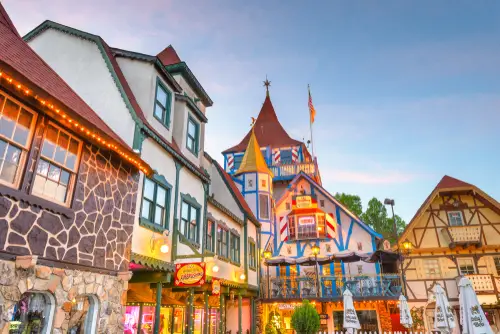
Once a fading logging town in the North Georgia mountains, Helen needed a reason for travelers to stop by. Local shop owners decided to turn the town into a Bavarian-style village—complete with alpine roofs and cobblestone charm. It was meant as a fun idea to attract tourists, not a long-term identity. Yet somehow, it worked spectacularly.
Today, Helen hosts one of the largest Oktoberfest celebrations in the South and thrives as a mountain getaway. The makeover was quirky and unplanned, but it gave the town a whole new life. What began as a gimmick became a sustainable economy. Helen proves even the boldest ideas can spark reinvention.
2. Helena, Montana
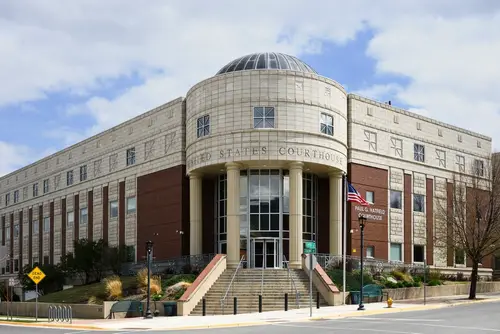
Helena started as a gold rush town and later leaned on government work to stay afloat. When the mines dried up, locals quietly shifted their focus to the city’s historic charm, mountain setting, and outdoor lifestyle. Without a big strategic plan, visitors began showing up for the scenery and small-town appeal. Before long, Helena realized tourism and preservation were its new gold mine.
Old hotels turned into boutique inns, and Victorian buildings became art galleries and cafés. The transformation wasn’t flashy—it was practical, born from residents making the most of what they already had. Now Helena’s identity balances its role as Montana’s capital with its newfound reputation as a gateway to adventure. Sometimes a quiet pivot ends up being the best kind.
3. Duluth, Minnesota
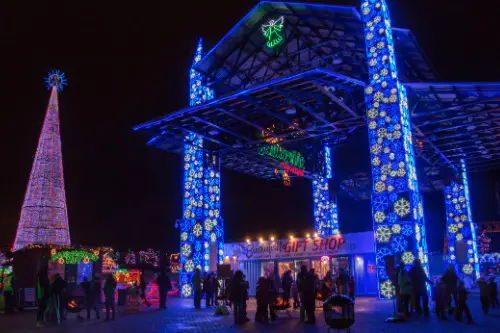
Duluth once thrived on steel and shipping before industry faded and left the waterfront quiet. Instead of decaying, the city began converting its old warehouses into restaurants, art studios, and hotels. The lakefront slowly became a walkable, inviting space where locals and tourists could gather. Without meaning to, Duluth reinvented itself as one of the Midwest’s favorite weekend escapes.
The shift wasn’t masterminded—it was community-driven, rooted in pride and location. Lake Superior became both backdrop and lifeline for the city’s next act. Today Duluth feels vibrant again, thanks to a blend of natural beauty and creative reuse. It’s a story of renewal that started almost by accident.
4. Leavenworth, Washington
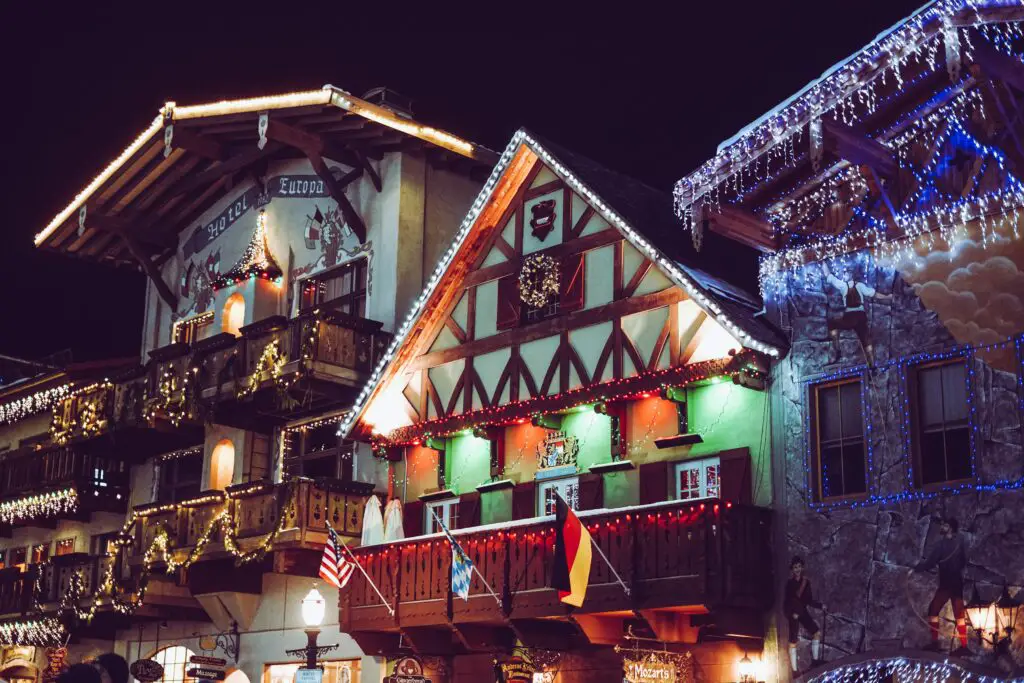
Leavenworth’s story mirrors Helen’s, but with a Pacific Northwest twist. After the logging industry collapsed, townspeople reimagined their struggling main street as a Bavarian village to lure travelers through the Cascades. It started small—a few painted façades and themed shops—and grew into one of Washington’s most visited destinations. What began as survival turned into identity.
Now the town’s streets are lined with chalets, breweries, and outdoor festivals that draw crowds year-round. The magic of Leavenworth’s reinvention is that it never felt corporate or forced. Locals simply embraced whimsy and community spirit. The result is a fairytale setting that saved the town.
5. Colquitt, Georgia
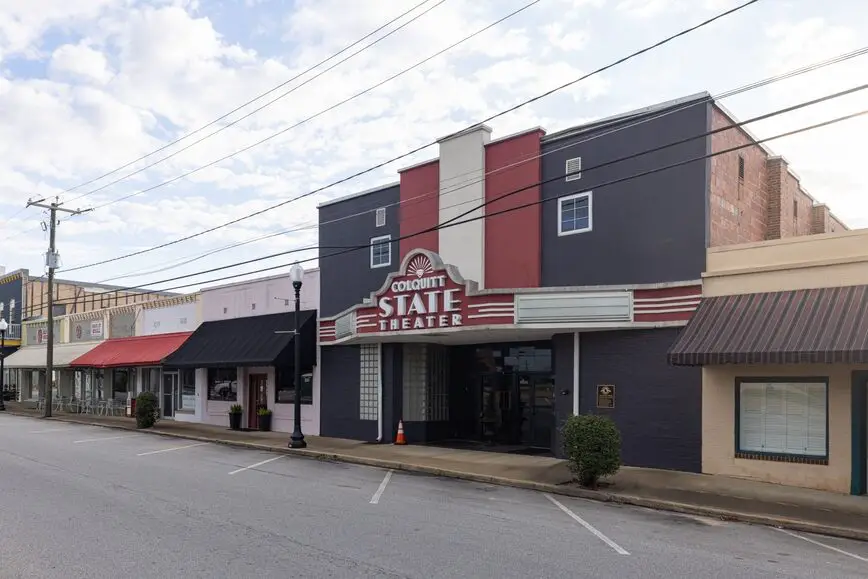
Colquitt could’ve faded like so many small farming towns, but instead it found new life in storytelling. Residents created a community play called Swamp Gravy, turning local history into theater. What started as a grassroots art project grew into an annual event drawing thousands. Almost overnight, this quiet town became Georgia’s “First Mural City.”
The arts movement inspired new shops, murals, and creative festivals. Tourism followed, along with a revived sense of pride and purpose. Colquitt didn’t reinvent itself through money or industry—it did it through people and creativity. It’s proof that small towns can thrive by celebrating who they already are.
6. Austin, Minnesota
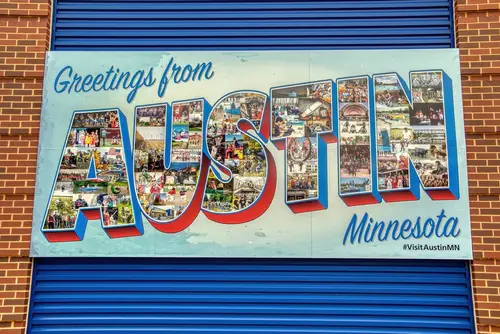
Austin began as a lumber and flour-milling hub along the Cedar River. As those industries faded, locals didn’t panic—they diversified and leaned on food processing and manufacturing. The transition was slow and organic, not a flashy economic overhaul. Yet over time, it gave Austin stability and renewed relevance.
What’s impressive is how naturally the shift happened. Austin never tried to become something it wasn’t—it simply evolved with the times. Today, it’s a thriving small city with a steady economy and strong community roots. Reinvention doesn’t always mean rebranding; sometimes it means quietly adapting.
7. Hazleton, Pennsylvania
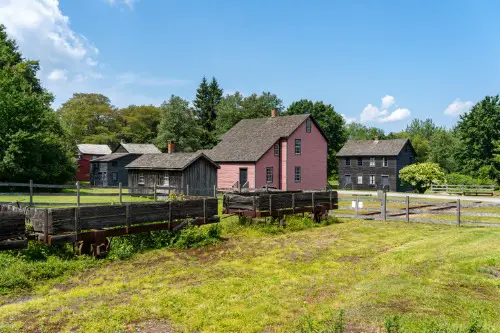
Hazleton’s coal and manufacturing economy collapsed mid-century, leaving unemployment and decline. Rather than chase a miracle fix, residents built a development group called CAN-DO to attract new industries. It wasn’t glamorous work—industrial parks and warehouses aren’t tourist attractions—but it kept the city alive. Over time, Hazleton turned from a single-industry town into a diverse manufacturing hub.
The beauty of Hazleton’s reinvention lies in its realism. Locals didn’t dream up a theme; they made practical choices to survive. What grew from that was resilience and a broader economy. It’s not flashy, but it’s one of the most grounded success stories on this list.
8. Middlesboro, Kentucky
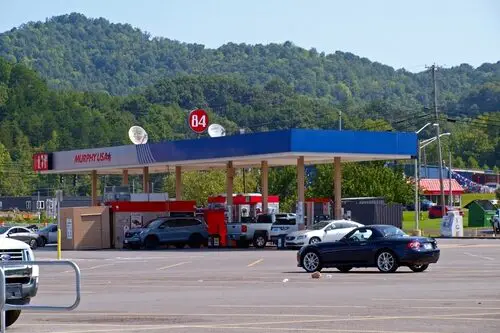
Tucked in the Cumberland Gap, Middlesboro’s mining days were long gone when locals began cleaning up downtown. Grants and community projects helped restore old buildings, add murals, and host outdoor concerts. None of it was a “big plan”—just small, consistent efforts that caught on. Slowly, the city’s charm returned.
Today, visitors come for the historic square, live music, and access to the surrounding national parkland. Middlesboro didn’t reinvent itself through a single industry—it did it through identity. People rediscovered why they loved living there, and visitors followed suit. Sometimes momentum grows from pride, not planning.
9. Chattanooga, Tennessee
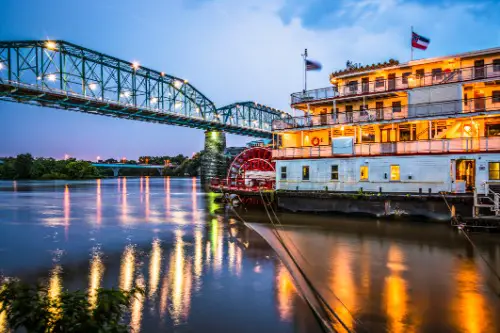
Chattanooga was once one of America’s most polluted cities, heavily tied to steel and manufacturing. In the 1980s, locals launched “Vision 2000,” a grassroots effort to clean the air, revitalize the riverfront, and create green spaces. The project wasn’t about chasing tourism—it was about making the city livable again. The results, however, exceeded everyone’s expectations.
Now, Chattanooga is known for outdoor adventure, startups, and its scenic waterfront. The city didn’t import innovation—it grew it from within. What began as environmental cleanup accidentally sparked an urban renaissance. Chattanooga’s rebirth shows what can happen when communities bet on themselves.
10. Richland, Washington
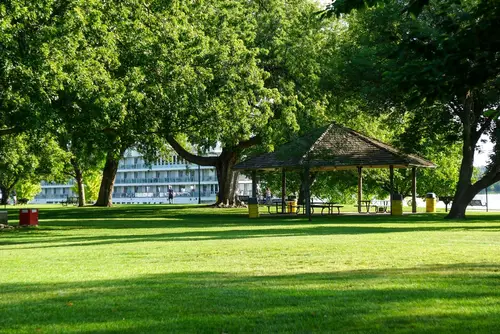
Richland’s fate was rewritten by the Manhattan Project, which turned it from a sleepy farm town into a nuclear hub overnight. When that era ended, the town had to redefine itself fast. Instead of fading, Richland leaned into science and energy research, supporting laboratories and innovation firms. The transition wasn’t pre-planned—it evolved from necessity.
Today, Richland is a small but thriving tech and energy town in the Tri-Cities region. Its accidental reinvention came from building on what was left behind—knowledge and infrastructure. What began with war secrets now fuels sustainable energy work. That’s quite a transformation for a once-forgotten farming spot.
11. Helena–West Helena, Arkansas
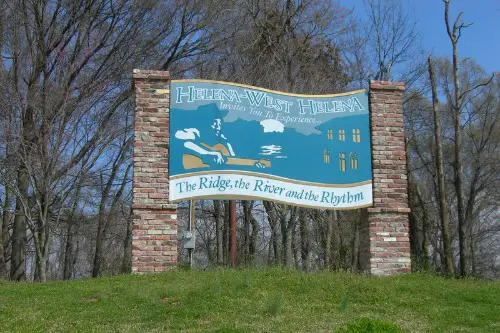
Once driven by river trade and agriculture, Helena’s economy struggled when those industries dried up. Locals began restoring old blues clubs, hosting the King Biscuit Blues Festival, and celebrating Delta heritage. Tourism trickled in, then grew into a major local engine. What started as cultural preservation ended up as economic revival.
The turnaround wasn’t engineered—it was born out of love for local history. Helena didn’t have to invent a new identity; it just had to rediscover its old one. Music, food, and the Mississippi became its calling cards. Sometimes, nostalgia pays the bills.
12. Paducah, Kentucky
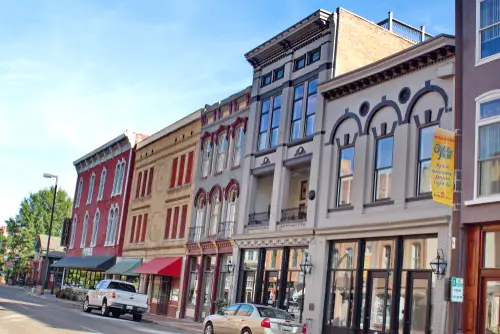
Paducah used to rely on river trade and textile mills, until both vanished. After major flooding, the city began to rebuild with an unexpected twist—inviting artists to move in and restore old buildings. That experiment became the Artist Relocation Program, which transformed the LowerTown neighborhood. Suddenly, Paducah had an arts scene that rivaled cities twice its size.
What’s fascinating is how naturally it unfolded—artists simply saw opportunity where others saw decay. Their presence drew galleries, cafés, and visitors. Today, Paducah is a UNESCO Creative City. Its rebirth wasn’t engineered, it was inspired.
13. Galena, Illinois
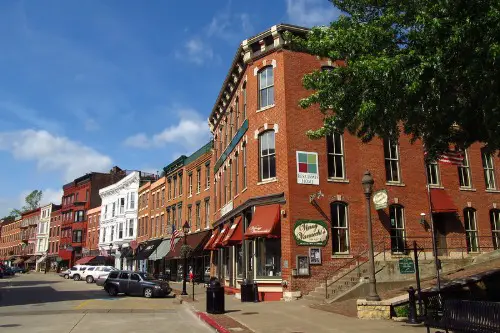
Galena once mined lead by the ton, but when the veins ran dry, the town faced ruin. Locals realized their 19th-century buildings were their biggest asset and began preserving them. Visitors loved the historic vibe, and Galena’s downtown quietly became one of the Midwest’s top weekend destinations. The shift wasn’t planned—it just happened as people saw value in the past.
Now, the town thrives on heritage tourism, antiques, and boutique charm. It’s proof that sometimes, doing less—preserving instead of rebuilding—can lead to more. Galena didn’t reinvent itself through innovation but through appreciation. The result is timeless appeal.
14. Eureka Springs, Arkansas
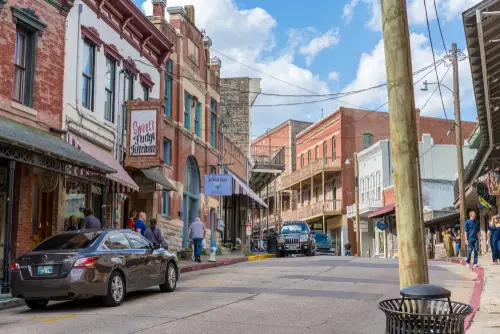
Eureka Springs started as a Victorian spa town, then fell into obscurity when the wellness craze moved on. Over decades, artists and free spirits moved in, drawn by the architecture and scenery. They opened shops, hosted festivals, and restored buildings, turning the town into an artistic haven. The change wasn’t plotted—it was organic.
Today, Eureka Springs is equal parts art colony, mountain resort, and eccentric retreat. Its quirkiness is its currency, and it works. The town’s accidental reinvention shows what happens when creativity fills a vacuum. In its own weird way, Eureka Springs became unforgettable.
15. Aspen, Colorado
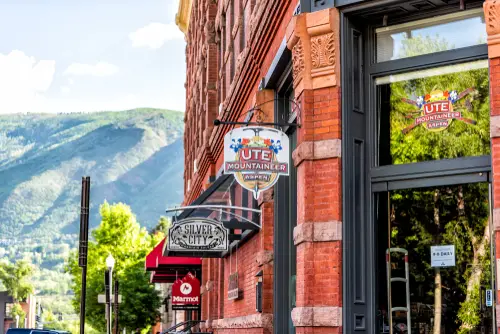
Aspen’s transformation from silver-mining outpost to luxury ski capital was anything but predictable. When the mines closed, the area languished until a few visionaries saw its natural potential for skiing. Wealth, culture, and the arts followed—but not as part of a grand design. It was more like a happy accident born from timing and terrain.
Today, Aspen is synonymous with glamour, but its roots are humble. Its rebirth came from people simply doing what made sense for the place. The mountain called, and people answered. In the process, Aspen became a symbol of reinvention by serendipity.
This post 15 Small U.S. Cities That Reinvented Themselves by Accident was first published on American Charm.


